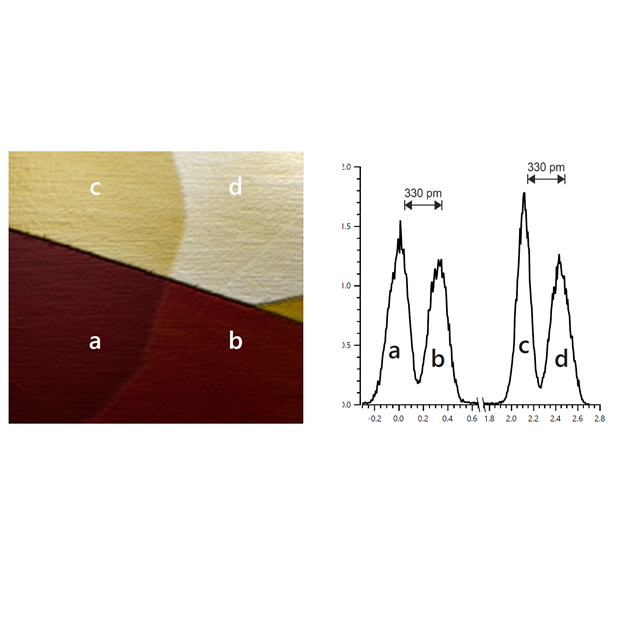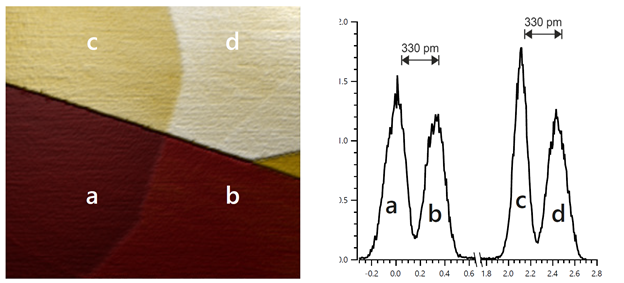History and Background of Atomic Force Microscopy
Scanning Probe Microscopy (SPM) is the result of a long evolutionary process that has its roots in the attempt to overcome the Abbe barrier that places a limit to the resolution obtainable through optical microscopy. A step forward was made through the techniques of electronic optics and then with the invention of transmission and scanning electron microscopes (Transmission Electron Microscope TEM, Scanning Electron Microscope SEM), the first of which was developed by Ernst Ruska in 1934. In the same years (E. M. Synge, 1928 and later J. A. O'Keefe, 1950) was conceived the idea of creating a light source smaller than the wavelength of radiation used that would be used as a probe to scan the surface under analysis, working in the near field (Scanning Near-field Optical Microscopy) you would get images of the surface in over-resolution. The concept was demonstrated experimentally by Ash in 1972 obtaining a resolution of 150µm using ultrasound with a wavelength of 3cm (microwave). The problem of positioning and moving a possible probe with nanometer precision was solved in the same period with the development of piezoelectric actuators.
The first member of the scanning probe microscopy family appeared in the early 1980s with the invention of the scanning tunneling microscope (STM) by Gerd Binnig and Heinrich Rohrer, awarded with the Nobel Prize in Physics in 1986. In the same year, a major breakthrough was made with the invention of the atomic force microscope (AFM) by Gerd Binning, Calvin Quate and Christoph Gerber, which continues to revolutionize nanoscale characterization and measurements ever since. Today AFM is the most popular type of SPM, causing the terminology of AFM and SPM to be often used synonymously. In case of AFM, the probe is a cantilever, generally having a tip at its free end. The superfamily of SPM probes can also include simple metal wires (as used in STM) or glass fibers (as used for scanning nearfield optical microscopy/SNOM/NSOM).
Nowadays AFM includes a wide variety of methods in which the probe interacts with the sample in different ways in order to characterize various material properties. AFM can characterize a wide array of mechanical properties (e.g. adhesion, stiffness, friction, dissipation), electrical properties (e.g. capacitance, electrostatic forces, work function, electrical current), magnetic properties, and optical spectroscopic properties. In addition to imaging, the AFM probe can be used to manipulate, write, or even pull on substrates in lithography and molecular pulling experiments.
Due to its flexibility, the atomic force microscope has become a common tool for material characterization alongside optical and electron microscopy, achieving resolutions down to the nanometer scale and beyond. The AFM can operate in environments from ultra-high vacuum to fluids, and therefore cuts across all disciplines from physics and chemistry to biology and materials science.



